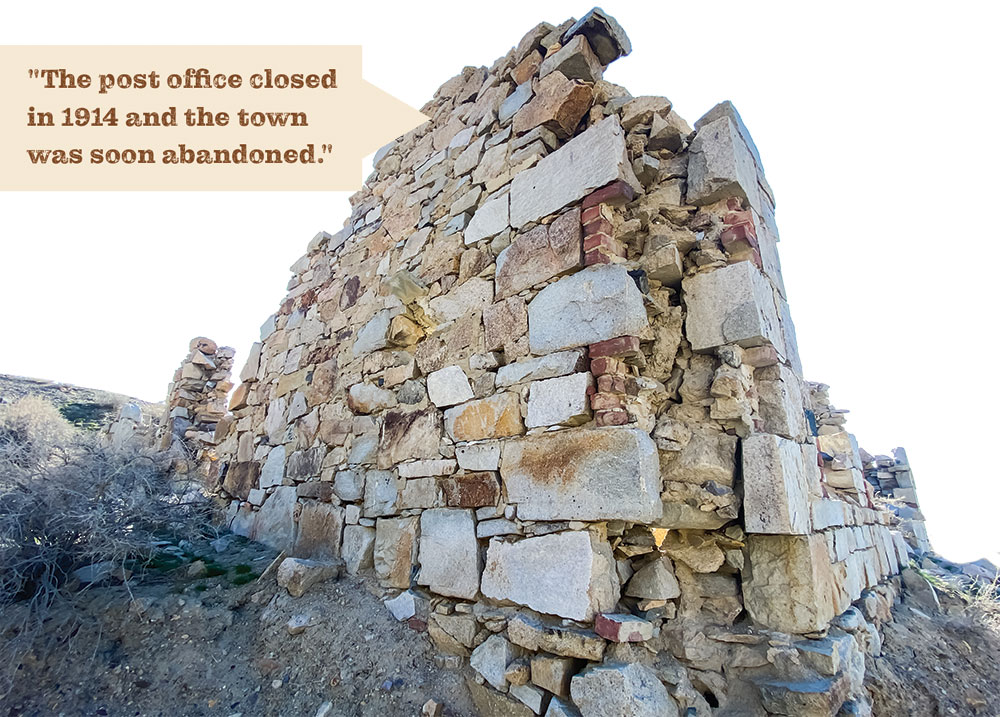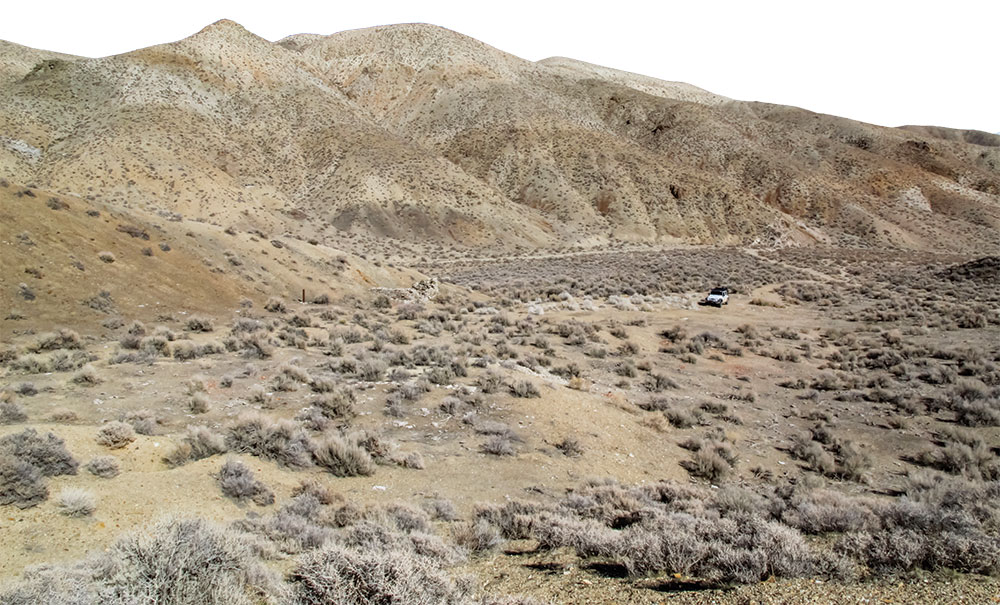Ghostly Social Distancing, Nevada Style
Summer 2021
Discovering the towns of Coppereid, La Plata, and Averill prove the perfect solution to derailed travel plans.
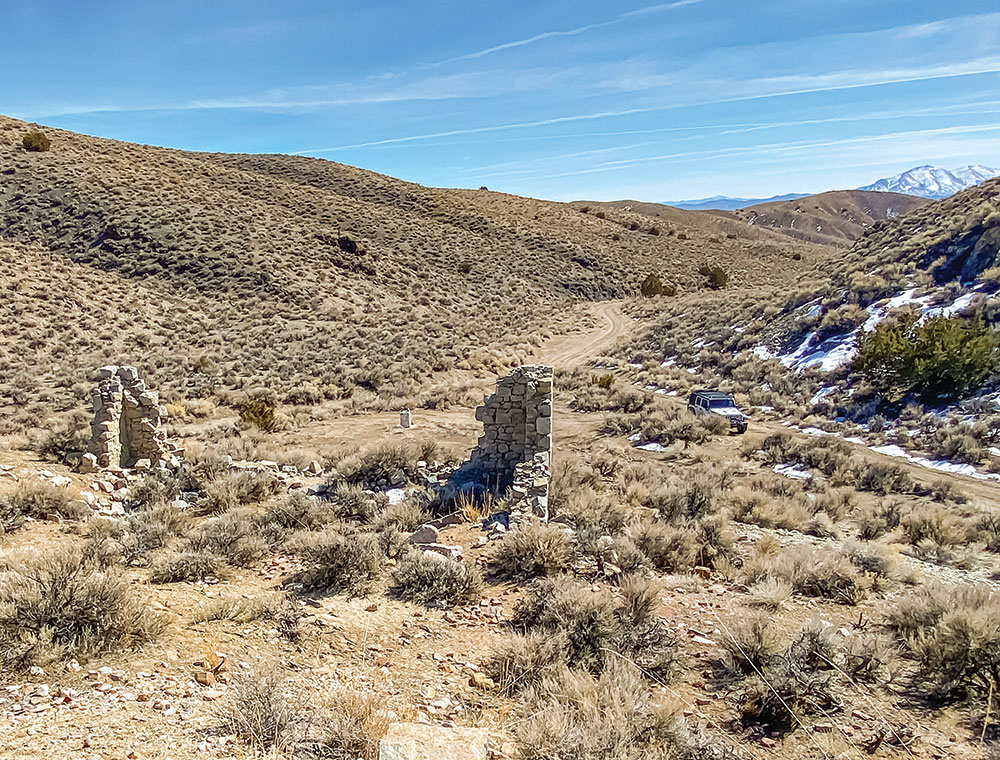
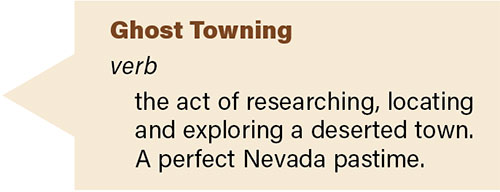 STORY AND PHOTOS BY TAMI FORCE
STORY AND PHOTOS BY TAMI FORCE
I decided 2020 would be my year of travel with multiple, domestic and international trips. My first planned trip was the week of the shutdown but instead of having my plans derailed, I decided it was time to renew my interest in Nevada history. It was still the year of travel, but 2020 was not as I had planned.
Instead, every week I visited ghost towns, mining camps, emigrant trails, and Pony Express stations. I met wonderful friends, became an off-road Jeeper, and learned about history and myself. My third-generation Nevada husband is amazed by the locations I discover, many unknown to him. I feel like a teenager without the curfew and have had an amazing time exploring our beautiful state.
Combing through ghost town books and photos, two towns that caught my eye were Coppereid and La Plata. They are in the Stillwater Range in Churchill County, and seemed to be well-preserved with interesting histories.
COPPEREID
The town of Coppereid was love at first sight for me. It’s now one of my favorite ghost towns. It combines a beautiful drive, isolation, a stream, wildlife, and amazing rock remains of buildings and a smelter.
 Copper was discovered in White Cloud Canyon in 1868 by Major B.B. Bee and Frederick Smith. Due to conflict with Native Americans the district was not organized
Copper was discovered in White Cloud Canyon in 1868 by Major B.B. Bee and Frederick Smith. Due to conflict with Native Americans the district was not organized
until 1869 when White Cloud Canyon Mining District was created.
To support the mine, a small settlement grew at the mouth of the canyon with some 40 residents, a general store, and the requisite saloon. To draw more interest and more importantly investors, White Cloud City was sited at the mouth of the canyon. The plan failed, however, and White Cloud City never developed beyond a small camp.
John Fall from Unionville, north of White Cloud Canyon, worked a copper claim in the 1870s, and a smaller smelter was constructed at the base of the mountain in 1893. Ore was shipped over the next three years until the smelter closed in 1896.
The mine and town clung to life until 1907 when the Nevada United Mining Company, under the management of John T. Reid, expanded operations in White Cloud Canyon. A new town was laid out in the location of the original camp and named Coppereid in honor of the Reid. Rebirth brought renewed interest and soon the town grew to include boarding houses, general stores, and saloons. A post office opened in 1907.

Unfortunately, production was disappointing between 1907 and 1912 and totaled just a few carloads of ore. A railroad spur was planned across the Carson Sink to Parran but output didn’t warrant construction costs. The post office closed in 1914 and the town was soon abandoned.
The remnants of Coppereid are divided into two sections. The lower section consists of the smelter, a large stone multi-room structure, and a second smaller rock structure. I was not able to visit upper Coppereid this time. It requires access from the east side of the Stillwater Range.
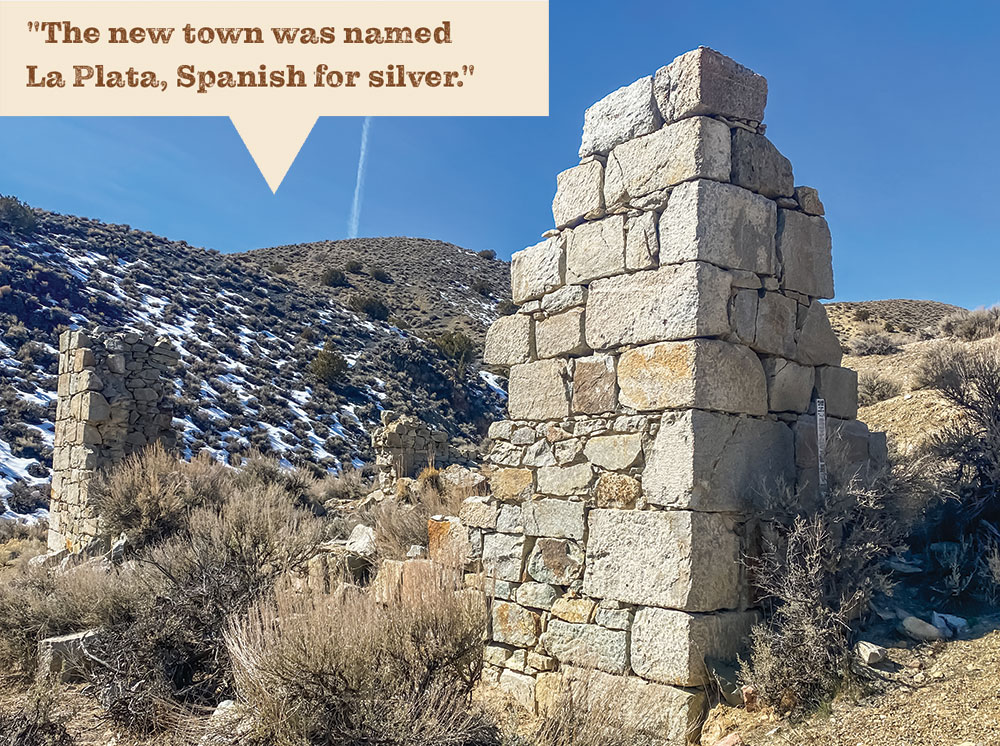
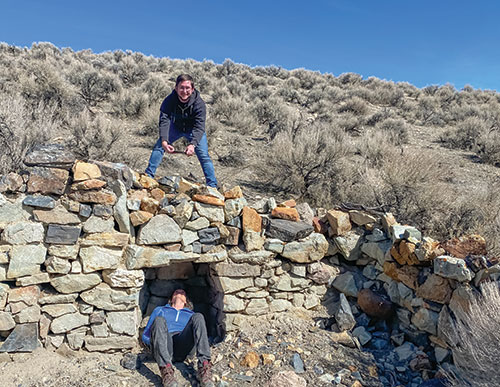
LA PLATA
Ten years after the Gold Rush to California began in 1849, the gold fields played out. Silver was discovered in Nevada in 1859 and the flow of miners over the Sierras reversed its course. Prospectors who once rushed through Nevada now headed east as silver replaced gold as the stuff of legend.
As claims in The Comstock Lode were staked, prospectors began to explore outlying locations. In 1862, silver was discovered on the east side of the Stillwater Range and the Mountain Well Mining District was formed. Promising quartz was discovered at the junction of La Plata and Silver Wave Canyons and a town site established the following year. The new town was named La Plata, Spanish for silver. Investors from the east funded widespread prospecting and development of mines around La Plata.
Silver Wave Mining Company owned the townsite and 1500 adjacent wooded acres. They constructed a large 10-stamp mill in 1864 at the cost of $150,000, more than $2 million in 2021 dollars.
La Plata grew rapidly and became the largest town in the county, containing multiple businesses. The burgeoning town became the second county seat of Churchill County in 1864. A post office opened on April 13, 1865.
Similar to other strikes in the area including Como, milling and processing facilities were erected prior to determining the extent of the strike. Mines failed in 1867 and many residents moved to the big strikes in White Pine and Nye Counties. The 10-stamp mill was moved to Ellsworth in Nye County. Ore was shipped to Eleven Mile Canyon and Averill, but production was minimal. The post office closed on Nov. 25, 1867 and Stillwater replaced La Plata as the county seat in 1868. A brief revival occurred in 1906, but La Plata was to remain a ghost town.
Several structures have survived. Some call the largest the “Courthouse” but a dedicated courthouse was never built, possibly due to construction costs and La Plata’s short tenure as Churchill County seat. Stone foundations and structures were common in Nevada as timber was in short supply and rock was abundant. This building was of high-quality construction with features such as cut cornerstones.
A second foundation corner is behind the large rock structure. The stones are stacked instead of being cut. A cabin is situated north of the structures, and unlike many cabins’ ruins, a fireplace hearth and chimney remain.
AVERILL
In 1864, the Connecticut & Nevada Silver Mining Company constructed a 10-stamp mill south of La Plata to process ore from the Mountain Well Mining District. The town of Averill developed but it was never large enough to support a post office. Mail was likely delivered to La Plata.
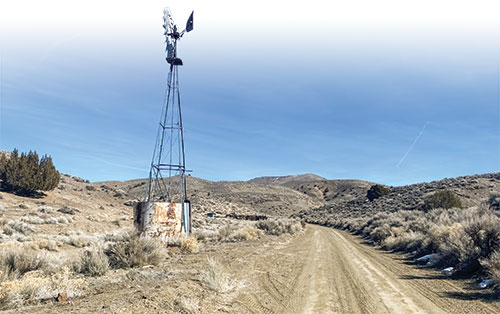
Ore deposits played out in 1867. With strikes in White Pine County at Monti Cristo, many miners relocated. The La Plata post office closed November 25 and service was transferred to Stillwater. Averill was abandoned in 1869, and it enjoyed a brief revival in 1906, only to be forsaken once again.
The main remaining structure is a rock wall on a hill over the townsite. Hiking above the site, we noticed the foundations of several structures, probably part of the mill. If you spend time wandering there you can locate several building foundations, brick, and debris. Averill was intended to be a brief stop but once we discovered the extensive foundations we spent more time exploring.
DAY TRIPPING
I spent several days exploring the Stillwater Range with friends Austin and Shonna in Honey Badger, my Jeep. I haven’t had so much fun in a long time and we spent the days driving up, down, and over the range.
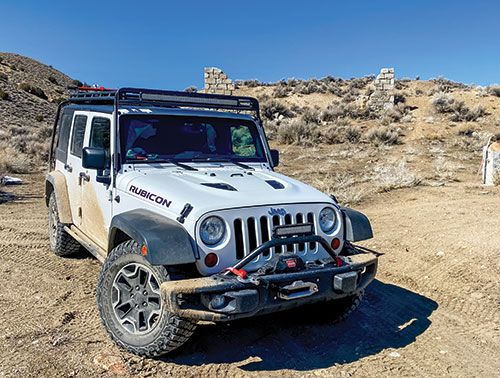
The first trip, we drove around Lahontan Valley as there are no roads across Carson Sink (the end of the Carson River) due to water, the playa… and oh yes, it’s an active Navy bombing range. Don’t bother washing your vehicle before you go: everything in Honey Badger was covered with white playa dust.
The second trip we crossed over the range and drove up a pole line through Dixie Valley. I lost track of how many times I hit a wash and said, “Sorry about that!” I’m not sure if I was apologizing to my friends or Honey Badger.
For those considering checking out these incredible ghost towns, Fallon makes the perfect place to stock up on gas, water, food, and supplies before you hit the road on your own ghost town adventure.

